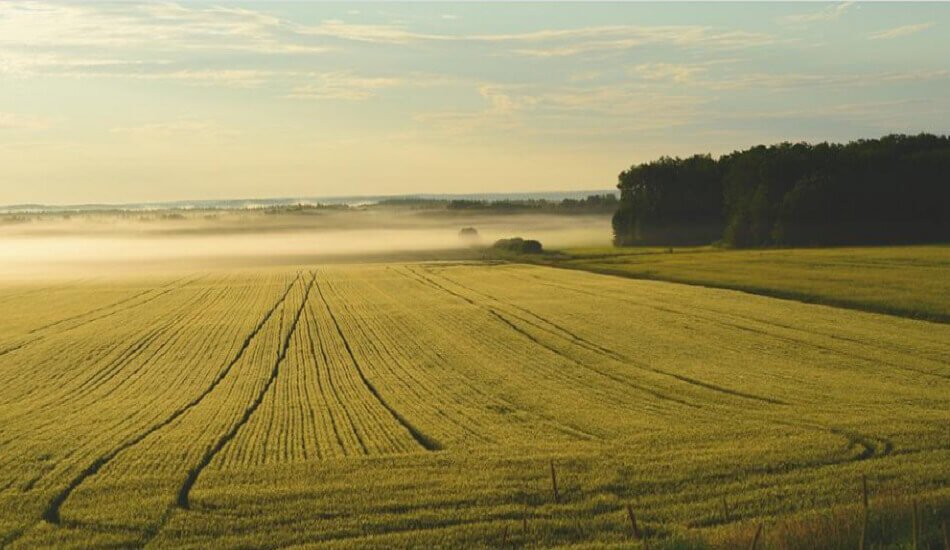Summer crop planting is up 4% due to an increase in pulse acreage
After leading by 7% from last year for many weeks in the last two months, the total area sowed with summer crops has now reached 71.88 lakh hectares (lh), which is 4.4% more than last year at this time. This is a 4.4% increase.
According to data from the Union Agriculture Ministry, the area under pulses has grown by 18.4% to 20.38 lh. This is mostly due to a big rise in the amount of moong crop that is grown. During the same time last year, there were 14.24 lh of moong planted. This year, there were 16.25 lh of moong planted.
Also Read | So far, kharif crop sowing area is 1.55% lower than the last year-data.
Among India’s major pulse-growing states are Madhya Pradesh (8.85 lh), Odisha (2.61 lh), Bihar (2.06 lh), Tamil Nadu (1.95 lh), Uttar Pradesh (1.53 lh), Gujarat (0.96 lh), West Bengal (0.83 lh), Andhra Pradesh (0.35 lh) and Maharashtra (0.35 lh) (0.25 lh).
However, rice planting was down 3.6% to 29.71 lh instead of 30.83 lh planted last year, which is down from 30.83 lh planted last time around. The total area covered by oilseeds is a little bigger at 10.98 lh (10.54 lh). But the area of coarse cereals has grown by 56,000 hectares to reach 10.82 lh so far. The area of maize is down 3.4% from 6.65 lh to 6.42 lh.
Absentee weather
It’s possible that this year’s early sowing is to blame for the higher lead, which is now coming down as the zaid (summertime) planting season is coming to an end. An official said that the heatwave and less rain in many parts of the north and central parts of India made it hard for people to grow crops.
Since March 1, there has been a lot less rain than normal in the pre-monsoon season across India. While the northwest region is short by 79 percent, central India has had 58 percent less rain than the long-term average so far. Only 22% of the world’s land has had normal or more rain so far.
On May 5, water levels in 113 reservoirs with irrigation facilities had 39 percent of their total capacity, compared to 34 percent last year and 28 percent which is normal for this time of year. This compares to 34 percent last year and 28 percent which is normal for this time of year.
Also Read | Rabi sowing of cereals, pulses and oilseeds increased 4.7% to 539 lha.
While nine reservoirs in the northern region have 30% of their storage capacity, which is less than the 33% that is normal, 71 reservoirs in western and central India have more storage capacity than normal, which is more than normal. Farmers can get enough water even if there is less rain in these parts of the country.


















Add Comment